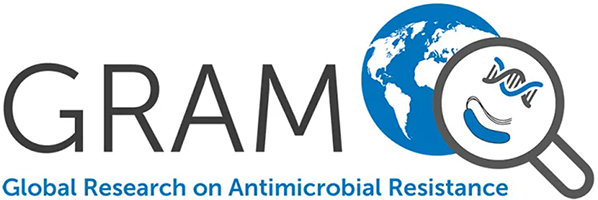Acidosis and acute kidney injury in severe malaria.
Sriboonvorakul N., Ghose A., Hassan MMU., Hossain MA., Faiz MA., Pukrittayakamee S., Chotivanich K., Sukthana Y., Leopold SJ., Plewes K., Day NPJ., White NJ., Tarning J., Dondorp AM.
BACKGROUND: In severe falciparum malaria metabolic acidosis and acute kidney injury (AKI) are independent predictors of a fatal outcome in all age groups. The relationship between plasma acids, urine acids and renal function was investigated in adult patients with acute falciparum malaria. METHODS: Plasma and urinary acids which previously showed increased concentrations in proportion to disease severity in patients with severe falciparum malaria were quantified. Patients with uncomplicated malaria, sepsis and healthy volunteers served as comparator groups. Multiple regression and multivariate analysis were used to assess the relationship between organic acid concentrations and clinical syndromes, in particular AKI. RESULTS: Patients with severe malaria (n = 90), uncomplicated malaria (n = 94), non-malaria sepsis (n = 19), and healthy volunteers (n = 61) were included. Univariate analysis showed that both plasma and creatinine-adjusted urine concentrations of p-hydroxyphenyllactic acid (pHPLA) were higher in severe malaria patients with AKI (p

